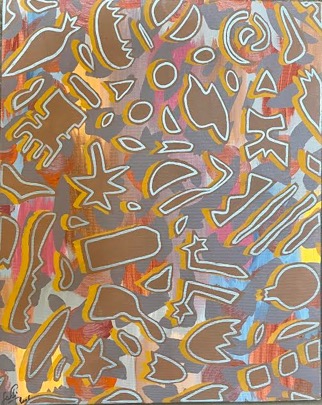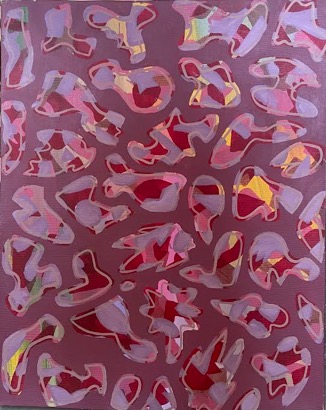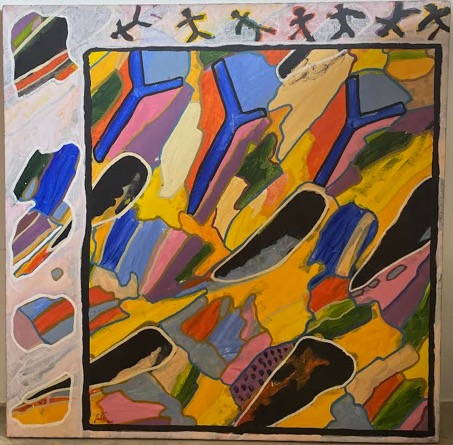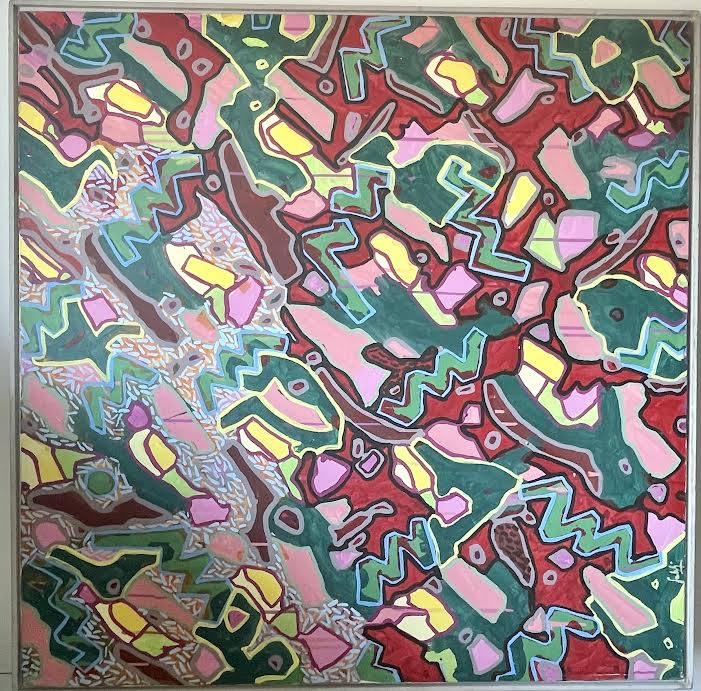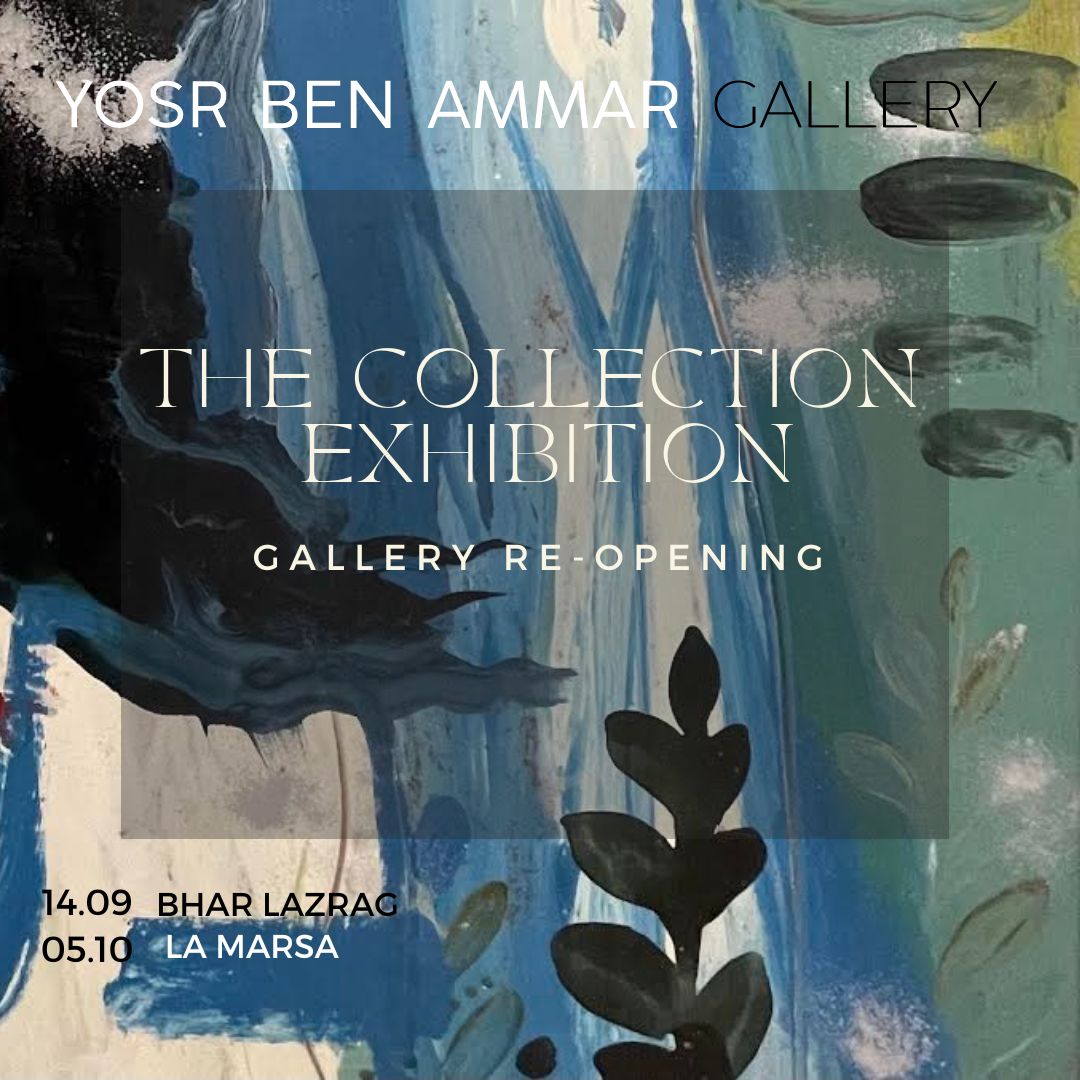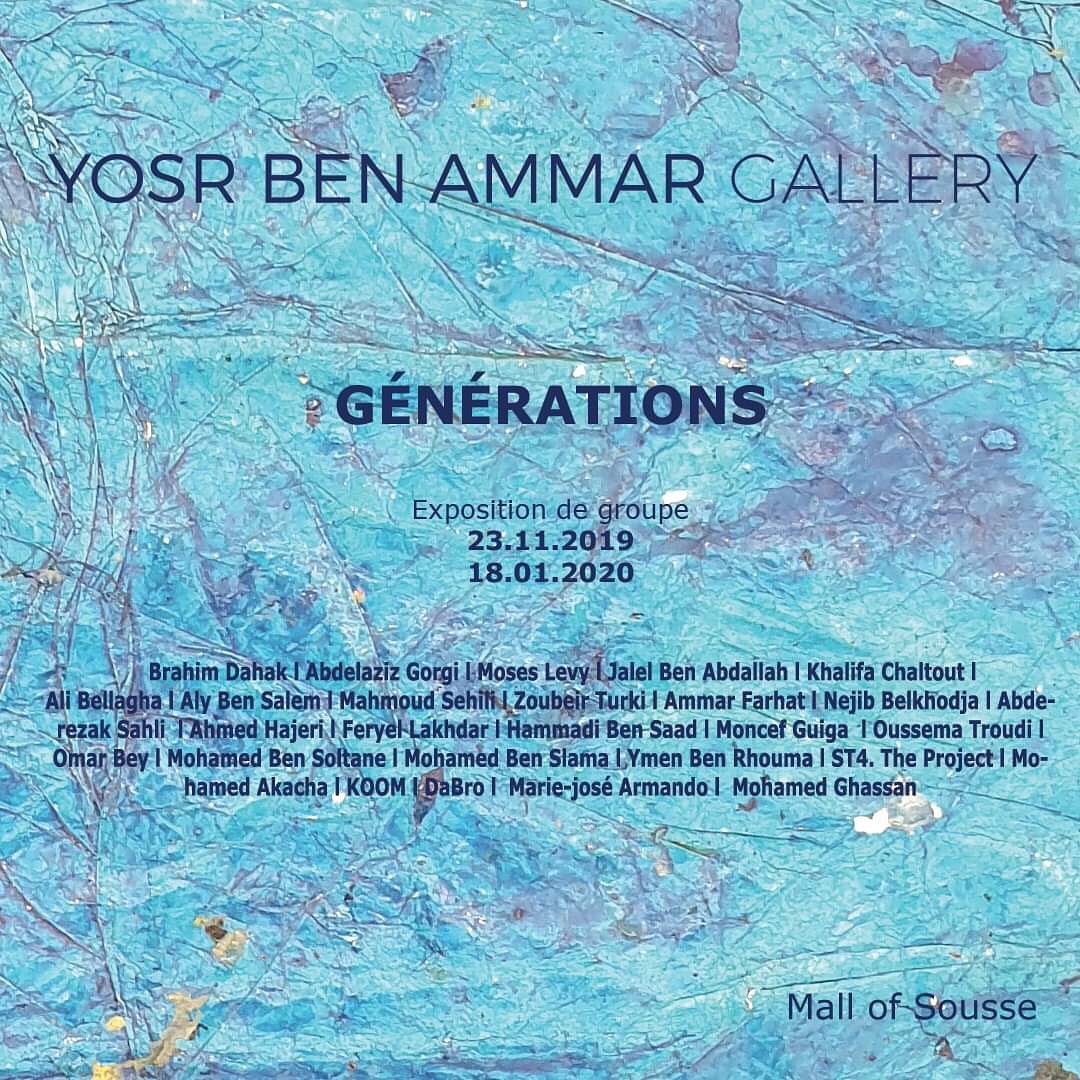ABDERAZAK SAHLI (1941-2009)
Tunisian painter and visual artist — Pioneer of a sensory and material universe
Born in Hammamet, Abderrazak Sahli received solid training at the École des Beaux-Arts de Tunis (Painting, 1969), then at Université Paris 8 (Visual Arts) and at the École des Beaux-Arts de Paris (Engraving, 1974). He lived in France until 1987 before permanently returning to Hammamet, where he continued creating until his passing in 2009.
Sahli stood out for his innovative approach to materials: no support, object, or tool was foreign to him, and he ingeniously transformed them into works of art. Inspired by everyday life and by Claude Viallat’s “Support-Surface” method, he explored the repetition of modules, saturated colors, the collage of diverse textiles — worn sheets, burlap, old clothes — and the absence of framing, creating living compositions open to imagination.
His creations transcended the trivial: the Kortass, a modest kraft paper package from the local grocer, became structure, volume, and support, sometimes integrating the artist’s vocal performances. Similarly, the large olive-picking cloths or wooden domestic tools were transformed by his creative gesture, revealing a world where matter and sensation intimately converse.
Abderrazak Sahli left behind a unique pictorial legacy, where inventive force and the richness of textures transformed daily life into material and visual poetry, making him one of the most daring and influential artists of the contemporary Tunisian scene.
